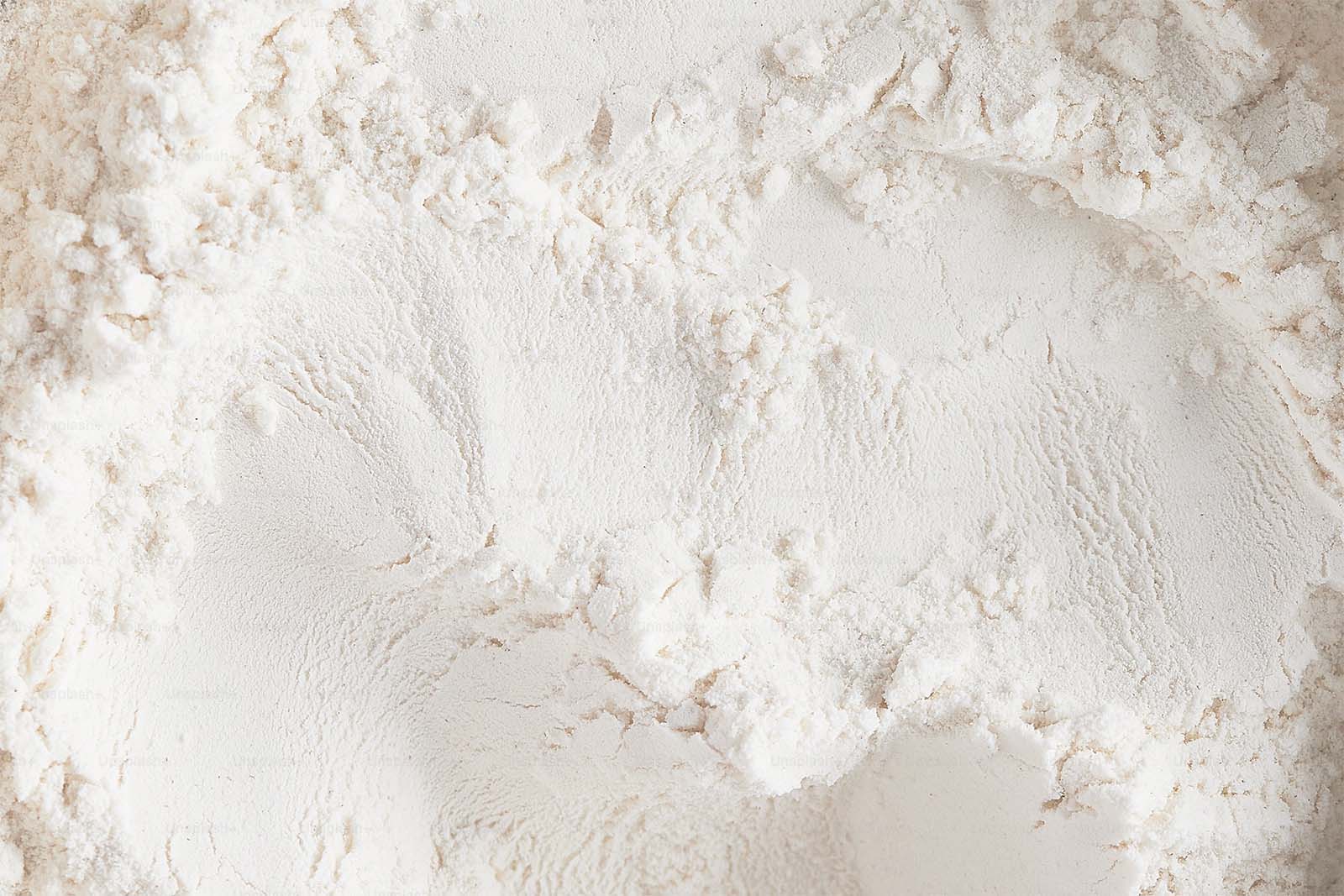Dobos torta and "Baking at the 20th Century Cafe"
A baking challenge to celebrate Mother's Day, from one of my favorite baking cookbooks.

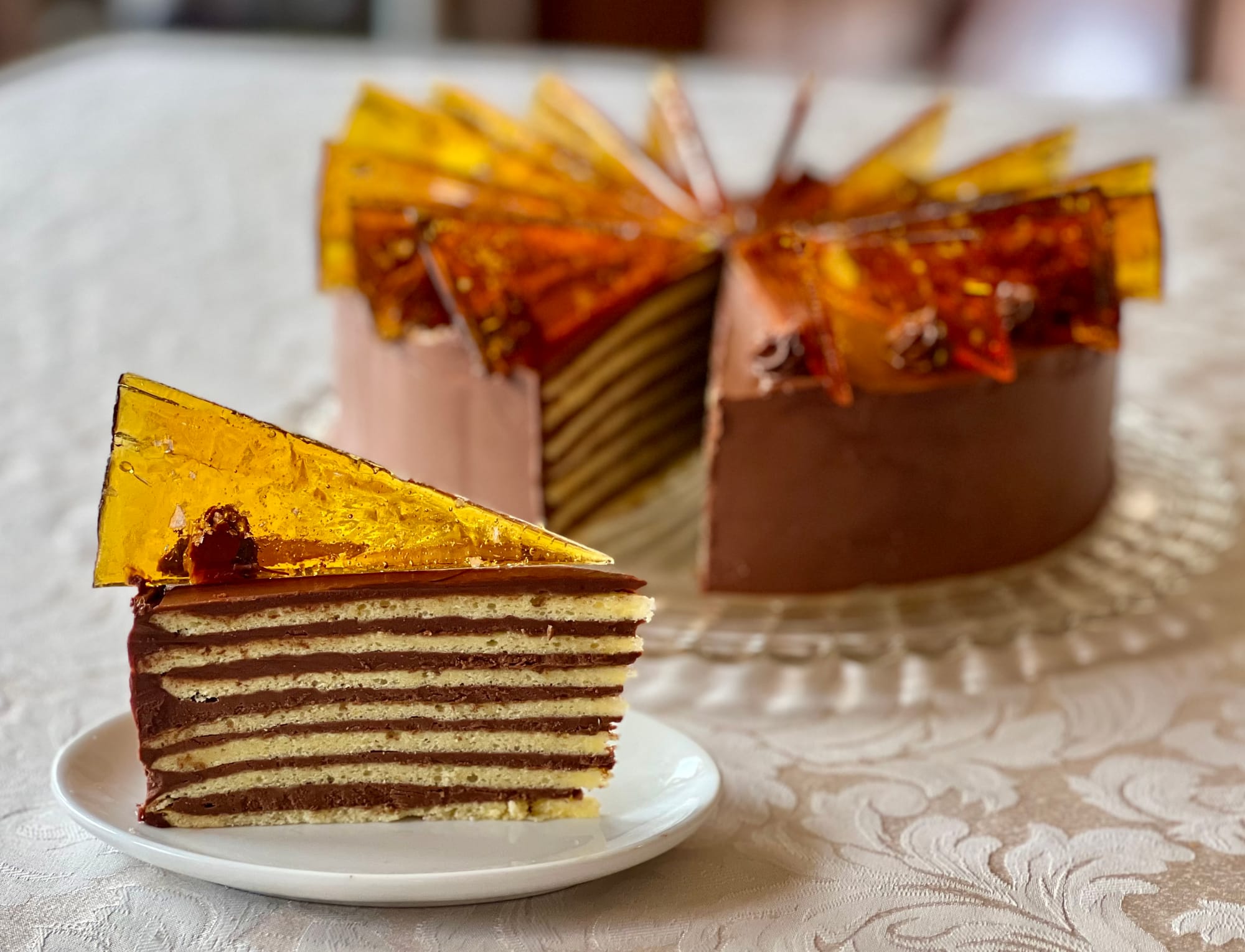
For Mother's Day this year, I wanted the luxury of time and space to take on a completely bonkers baking project. Something that would stretch me and give me practice. Something I hadn't done before.




Pink champagne, Nick Rossi playing guitar, and a slice of honey cake, from one of my visits to the 20th Century Cafe in 2018.
I knew where to turn for a challenge: Baking at the 20th Century Cafe, by Michelle Polzine. The 20th Century Cafe was a little dream of a spot in Hayes Valley, specializing in elaborate Central and Eastern European pastries. She was most famous for her 10-layer honey cake, and her bagels (said to be the only good ones in SF), but everything she made was a marvel. Every detail of her space transported you to another time: the velvet-upholstered banquettes, the vintage serving plates and silverware, the art nouveau light fixtures, the live Django Reinhardt-flavored jazz guitar by Nick Rossi, right down to the vintage dresses and aprons worn by Michelle herself. It was the kind of place that makes you pinch yourself that you get to live in San Francisco.
Michelle closed the cafe a few years ago, but only after racking up serious accolades and publishing a cookbook. Her book is for those who already have a handle on beginner baking, and are ready to dive into something more specialized. Many of the recipes are intermediate-to-advanced, helping you pull off—in theory—the kind of baking done by a James Beard semifinalist pastry chef.
So last weekend, I made a Dobos torta.

I had eaten Dobos torta before (or as I knew it, Dobosh torte) in Seattle in the 1990s, at B&O Espresso on the edge of Capitol Hill. I loved that place, too, and I wish I could go back in time to visit it again.
Dobos torta was created by József Dobos in Budapest, Hungary in 1885, and it remains a showy emblem of Hungarian baking. Apparently they're sold in just about every bakery and sweet shop in Hungary, though most don't make their own. They're such a pain in the butt to make that most places resell Dobos tortas made by specialist bakeries. It's similarly uncommon to bake at home—per Hungarian food writer Carolyn Bánfalvi, it's too easy for Hungarians to just go buy one.
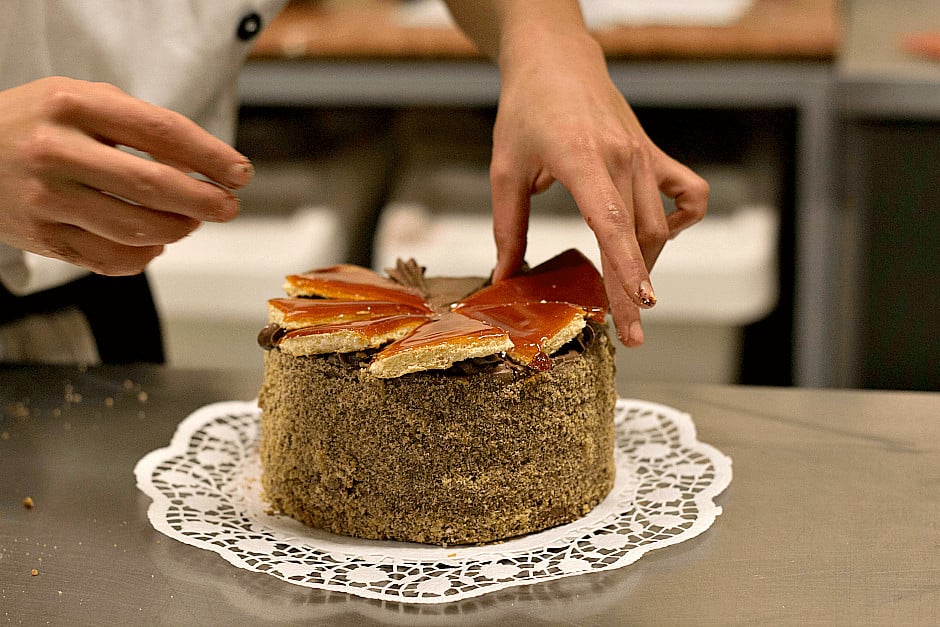
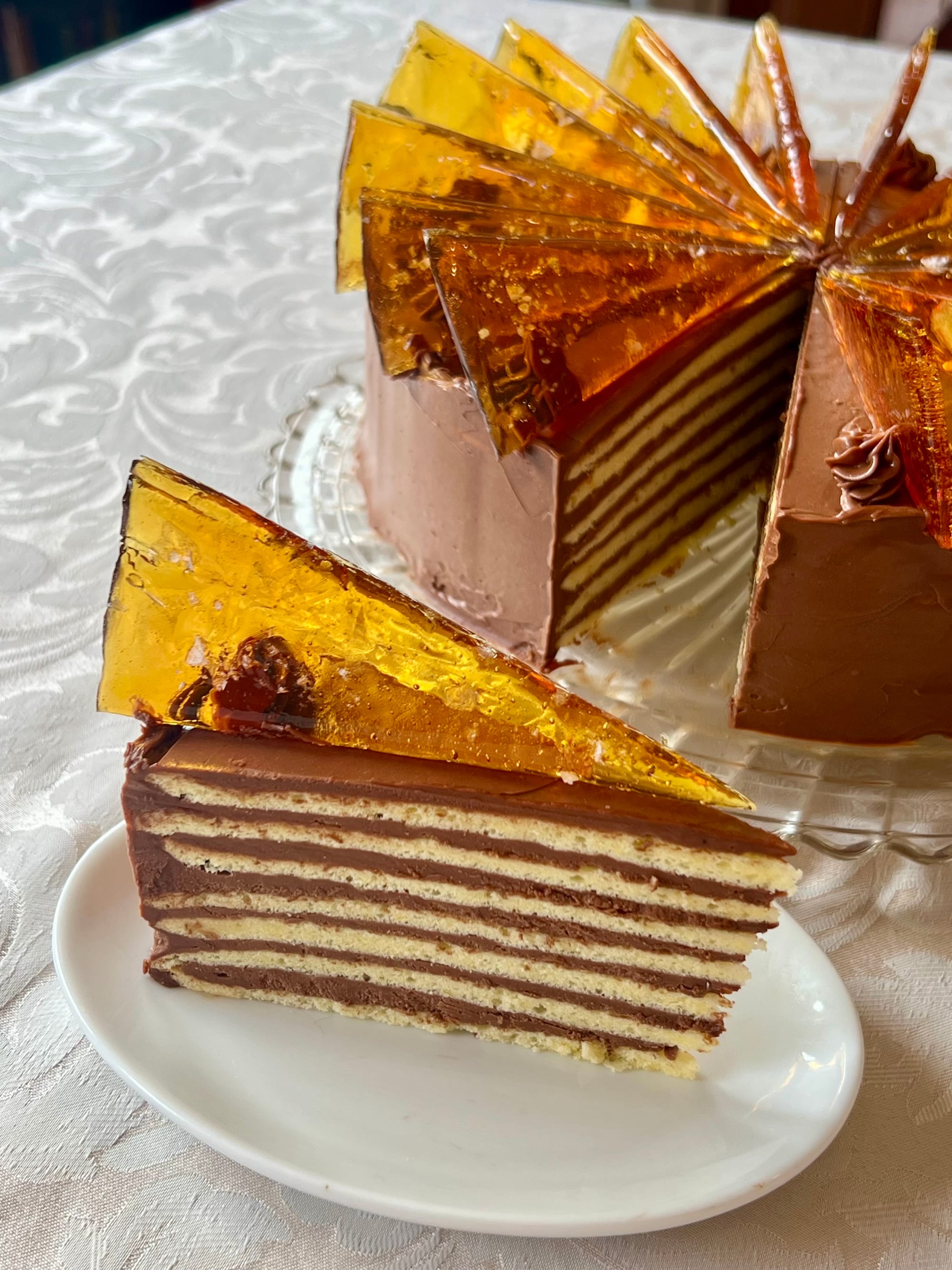
This Dobos torta has seven layers of delicate sponge cake scented with Meyer lemon, wrapped in a French-style chocolate-caramel buttercream, and topped with a shining sliver of hard caramel sprinkled with flaky sea salt.
It took me:
- 13 eggs,
- three days,
- 10 oz of chocolate,
- seven cups of frosting,
- one gnarly math problem,
- almost two pounds of butter,
- four rounds of baking in the oven,
- five rounds of caramelizing (three failed),
- eight cake layers (one lost to misadventure),
- and one timeout (to cut down on the swearing).
Oh my goodness, there was doubt! Lessons learned: Dry caramel is an asshole (I relearn this lesson annually). Convection does make a difference for multi-tray baking. Getting buttercream back to room temperature after refrigerating takes more time than I think it does. My garage is the right temperature for keeping buttercream at piping consistency. Math is all-powerful and all-knowing; long live math.
Once finished, I boxed up slices of the cake to share with all of our neighbors who were celebrating the day. I called my mom, collapsed in a happy heap, and watched David Byrne's True Stories from 1986 with my family (a movie so perfect I could cry). I ate my own slice of Dobos torte, and felt very fancy indeed.


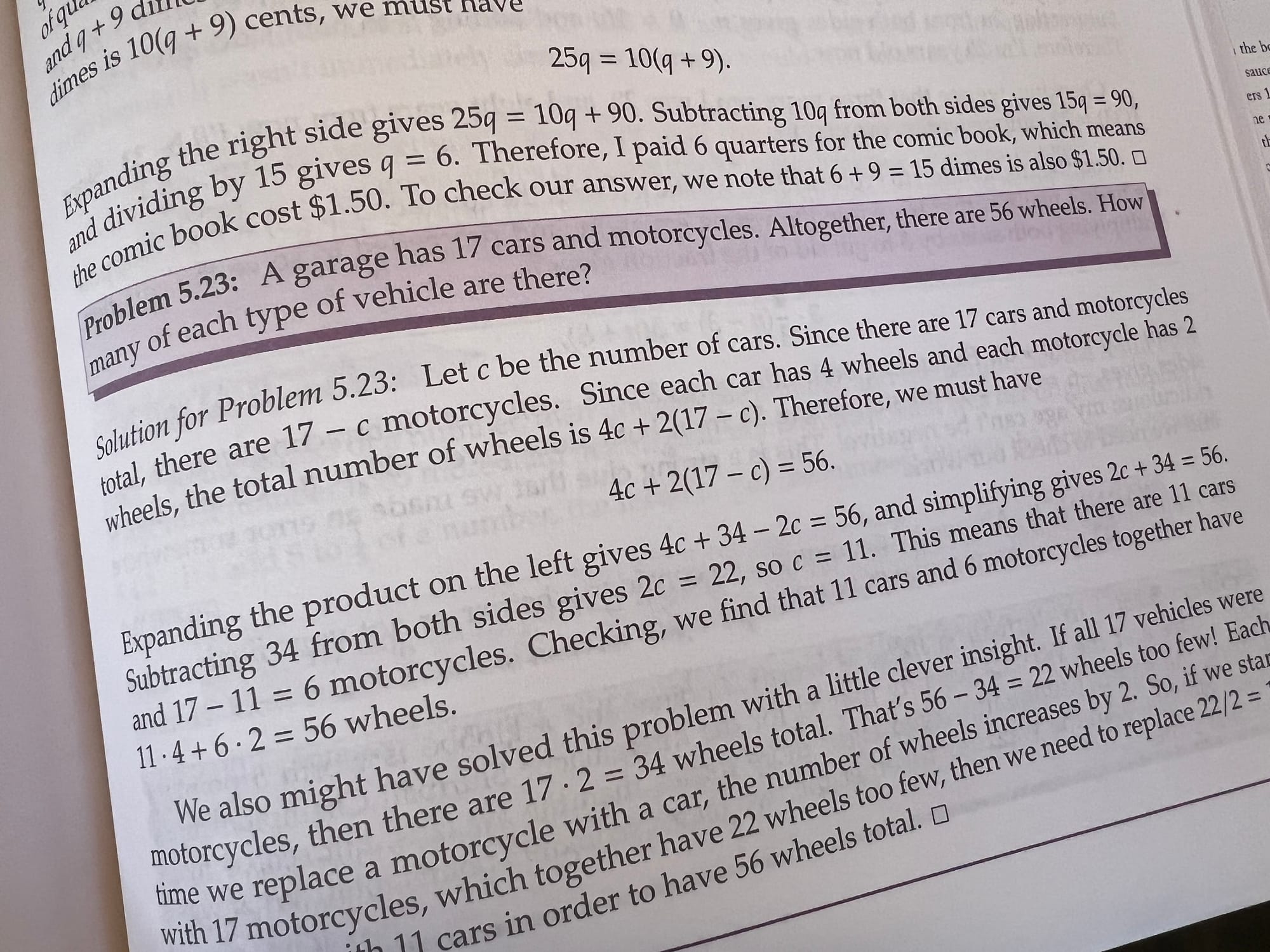

A chocolate math interlude
But how to get there with the combination of chocolates I had? Wanda's AoPS Prealgebra textbook to the rescue! We'd recently done a word problem about a garage filled with cars and motorcycles. You're given the total number of vehicles, and the total number of wheels, and you use those to figure out how many of each type of vehicle is in the garage. The total number of vehicles was my overall chocolate mass (284 g), the number of wheels became my cacao content (212.5 g), the cars became my unsweetened 100% chocolate, and the motorcycles became the 70% bittersweet chocolate. Bing, bang, boom, the math says I need 46g of 100% chocolate, and 238g of 70% chocolate. Hooray for math!
More from Baking at the 20th Century Cafe
If you'd like a baking cookbook to get you out of your comfort zone, or if you'd like recipes with more flavor complexity than typical American desserts, I recommend Baking at the 20th Century Cafe. Heck, even if you just want an inspirational cookbook that's fun to look at, I recommend it.
Here are some recipes I've tried and loved:
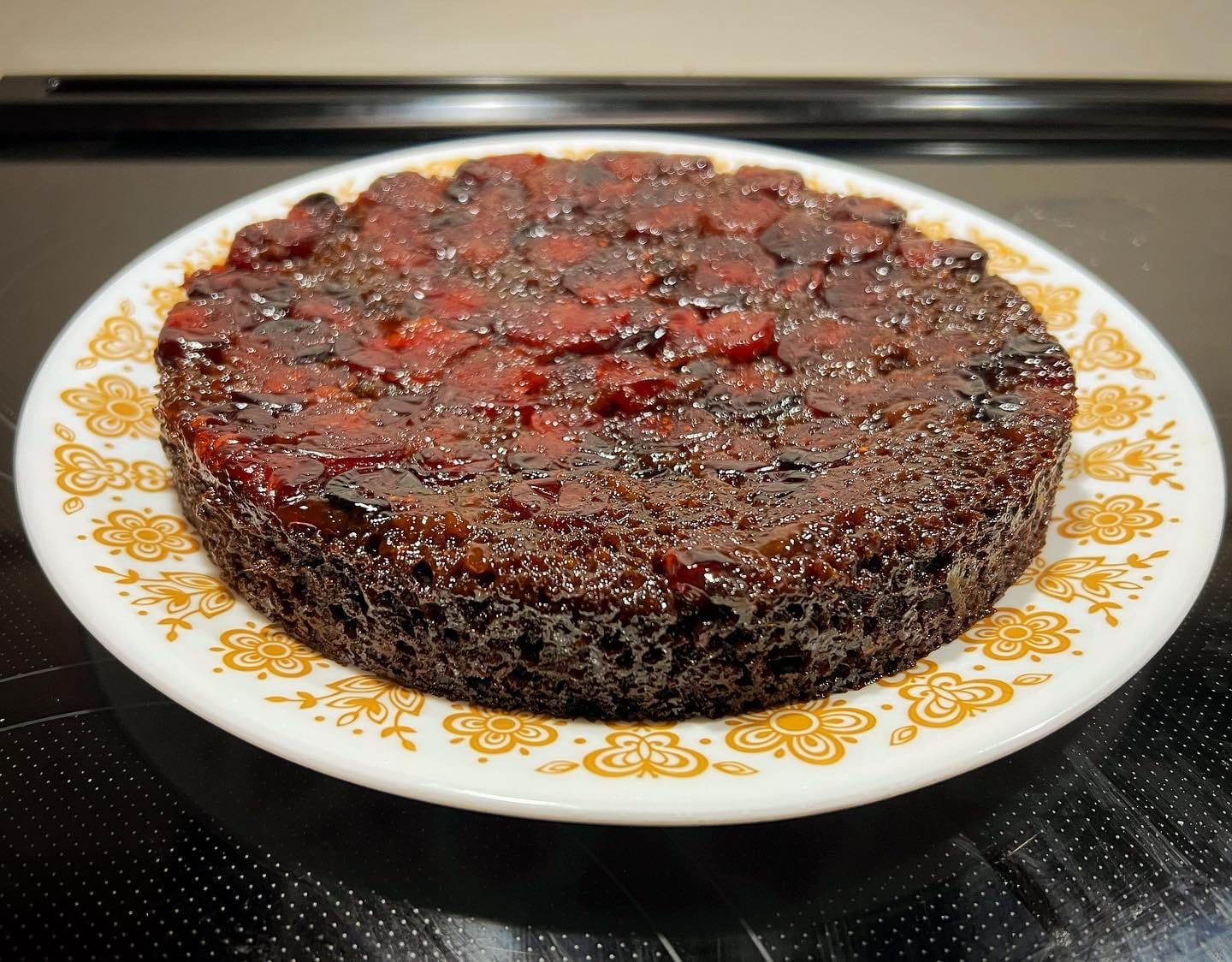
Cranberry Ginger Upside-Down Cake
For the past three years, this has been the cake I bake for Christmas Eve. After more than a month of nonstop holiday baking gymnastics, it is a fitting grand finale. The cake is glossy and rich, thanks to a generous dose of intense blackstrap molasses, which mingles with an entire quarter cup of grated ginger—I'm telling you, this cake is not messing around, it makes ordinary gingerbread seem dull. The perfect foil for the rich cake is the bright tartness of cranberries on top, studded into a thin layer of caramel. This cake is Christmas to me, and the smell as it bakes is incredible. The recipe in the book calls for making these as a bunch of individual ramekins, but I put it into two 8" cake pans instead. (I used to set aside a ton of time to deal with the ginger for this cake, but this year it's going to be a snap thanks to my new trick for easy grated ginger.)

Cheddar-Bacon Pogácsa
Of all of Michelle Polzine's recipes, this was the one I was most eager to get my hands on. These little savory bites were my favorite treat to get at the 20th Century Cafe. It's sort of like a bacon, cheddar, chive scone, only richer, and yet delicate thanks to three different kinds of leavening: lamination, yeast, and baking powder. They're a Hungarian variation of a bread or biscuit seen from Central Europe down to the Levant; I think pogácsa is pronounced something like "poh-GATCH-uh."

Meyer Lemon Pudding Cake
This is a fun little magic trick in a ramekin: one batter takes on two different textures in the oven. When inverted out of the ramekin, you have a delicate cake topped with a Meyer lemon pudding.
What to try next?
I loved the challenge of the Dobos torta, but I'm eyeing some of the simpler recipes next. Summer is fast approaching, and I think I need to try the Ginger-Plum Upside-Down Cake. If I manage to get my hands on some good rhubarb this season, her Rhubarb Tart with Sour Cherry Lekvar would be a great use of it. Deeper into the summer, in place of my usual tomato tart, I think I'll try her Gypsy Pepper, Feta and Tomato Tart. The Butterscotch Pudding looks amazing. I've been wanting to try making Chocolate Soufflés... and one of these days, I'll have to make an attempt at the mighty Honey Cake.
A bit about Michelle Polzine
Michelle's voice is like a beautiful bell. Not a booming church bell, or a jittery jingle bell, but a cheery, lilting shop-door bell. But her voice also drops readily into twinkling-eyed conspiratorial tones that make you feel instantly like you're in a cherished inner circle.
I was first introduced to Michelle by our dear mutual friend, Steven Liles, who lived near her cafe. Steven died unexpectedly last year; it still hurts too much to talk about here. Steven adored the 20th Century Cafe, he felt so lucky to have it in his life. Michelle was the one who held me as I sobbed at his wake.
These days, she is sharing her baking superpowers as a volunteer at City Hope cafe in the Tenderloin. She is making her incredible pastries as part of their program of radical hospitality—creating a place of connection and community. I've daydreamed about joining her to volunteer there; it's a little tricky logistically with homeschooling my daughter, but one of these days I've gotta make it happen.

She sometimes still makes honey cakes as special orders for folks, if you're nice. They cost a pretty penny, because they take a lot of work! But they're an elegant and delicious way to celebrate a special occasion. You can find Michelle on Instagram at @20thcenturycafesf.
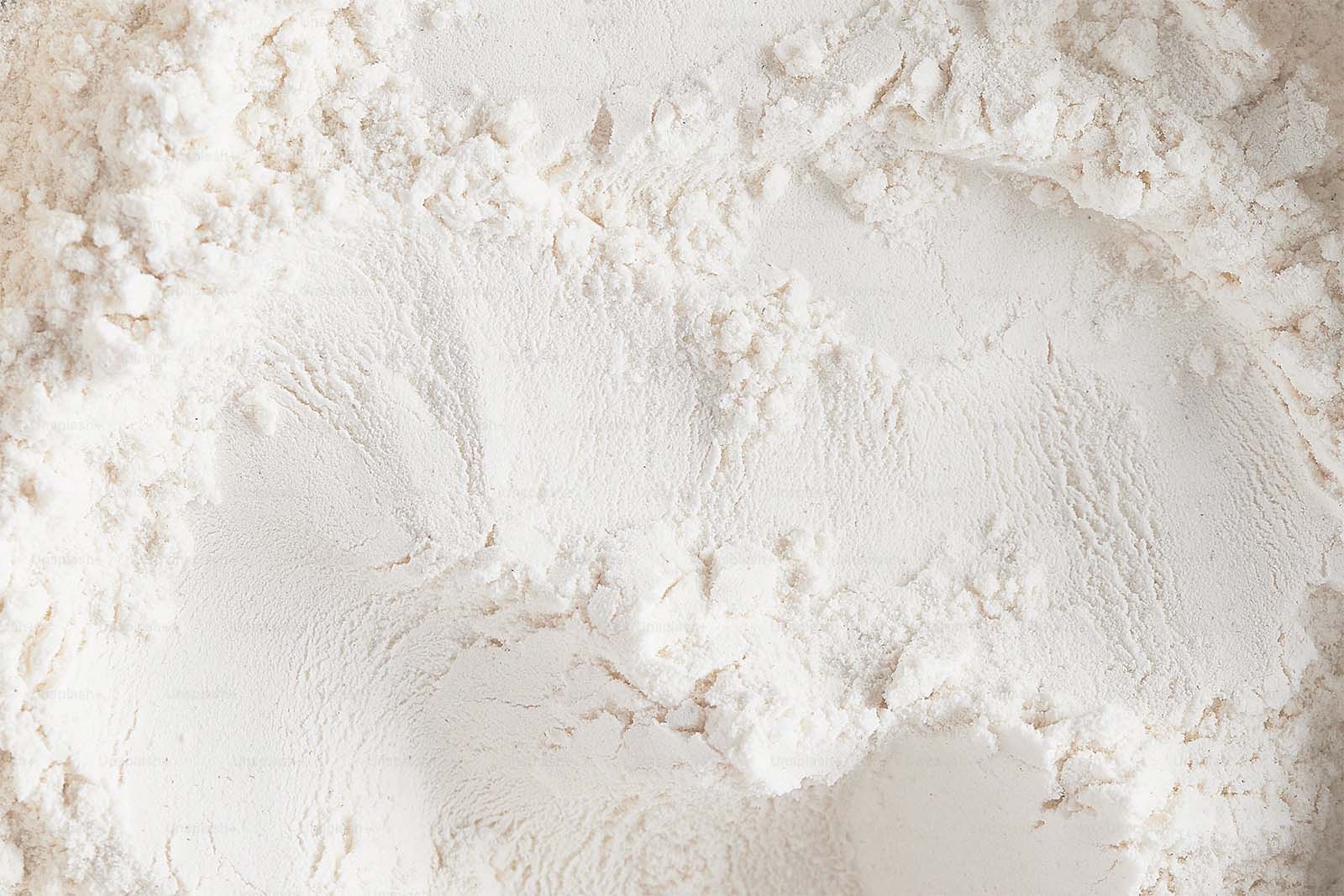
There are no ads or sponsorships on I Have Doubt!
This post has links to products. They are not affiliate links. I don't get anything from telling you about the products.
Learn more

